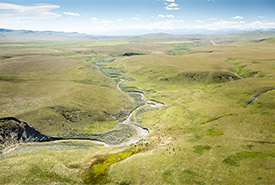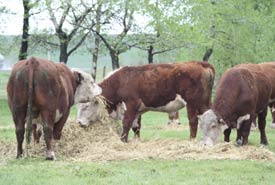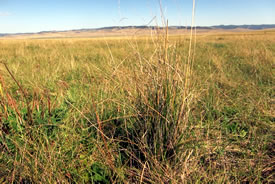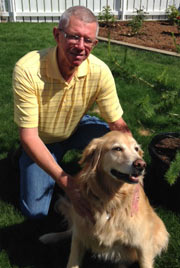Alberta's ranching evolution (Part Three)

Waldron, Southern Foothills, AB (Photo by Kyle Marquardt)
For just over 130 years, the western rangelands of southern Alberta have been the cradle of the stock-raising industry. As long as the prairie grasses have been allowed to perpetuate themselves, the cow and the calf have been able to harvest a forage source that cannot be used to grow much of anything else. And as it was in the 1880s, water continues to remain as the contentious resource. But it is far from inexhaustible.
With the exception of the Milk River Basin, which drains extreme southeastern Alberta into the Missouri River and ultimately the Gulf of Mexico, the grasslands of southern Alberta are located in the South Saskatchewan River watershed, which discharges into Hudson’s Bay. The headwaters of four of its sub-basins, the Red Deer River, Bow River, Oldman River and South Saskatchewan River, begin in the glaciers of the Rocky Mountains.
The headwaters of the South Saskatchewan River watershed are located in the rain shadow of the Continental Divide and contribute to healthy drinking water and the overall health of the environment, the economy and the quality of life for all Albertans through annual snowmelt and rainfall.
In 1901, the total population of Alberta was just 73,000 people. Today, however, that figure has risen to close to 4,122,000.

A cattle herd just west of Fort MacLeod (Photo by Doug Madill)
The South Saskatchewan River watershed, which comprises just four per cent of Alberta’s land area, provides clean drinking water to close to 45 per cent of the population. And while the headwaters of Alberta’s other and more northerly river basins are located almost exclusively on Crown lands and national parks, as much as 40 per cent of the headwaters of the South Saskatchewan River Basin are located on private land — including many of Alberta’s ranchlands.
With the increasing demand from urbanized areas for more land, ranchers who occupy these private lands are becoming more vulnerable, and their cattle-raising operations and ranching livelihoods are being threatened.

Fescue grass (Photo by NCC)
Cattle producers require large, healthy areas in order to produce the high quality grasses to feed their cattle; grass species higher in protein and taste such as rough fescues are preferred and prized by the cattle ranchers of Alberta, bluestem and Timothy grasses are lower in protein value. Large, open spaces also help to maintain and enhance water quality and groundwater recharge.
But when the preferred and fragile fescue grasses become vulnerable to land use change caused by fragmentation, or when overgrazing or water starvation occurs, they lose their regenerative powers and die, opening the large rangeland areas to the tougher, opportunist and least-preferred plants such as vetch, lupine and poisonous larkspur. Even the taller bunchgrass of the lesser-quality grass species bows to sage and ultimately tumbleweed.
Throughout the 1900s, cattle producers bought and sold land to each other based upon what they could either afford or upon the economics of cattle production. Land in the headwaters typically sold at $100 per acre. This maintained and kept the private land portion of the watershed and its headwaters largely intact.
Since 1995, however, these same cattle ranchers have been unable to compete with the land prices being offered for country residential developments. Many land transactions have been private and have escalated into bidding wars, not unlike those in Canada’s hot urban residential markets.
A comparison map of southern Alberta's headwaters (left) attests to the human-induced land use that is still happening within the headwaters and grasslands of southern Alberta. The private land base portion of the headwaters represents the last one per cent of the northern grasslands that support not only cattle but also the full complement of southern prairie wildlife. Combined with climate change, the impact of this emerging trend in land use through country residential development and habitat fragmentation is also negatively impacting conservation, tourism and the aesthetic appeal to one of the most treasured areas in the province. Humans, as always, continue to be the master land manipulators.
So what does the future hold for the grasslands of Alberta and western Canada?
For me, the conservation of the rangelands will continue to be critical to the future of Alberta and its people. The ranching community has given native flora and fauna a chance to survive, and the culture and romantic history of settlement in the west cannot be forgotten.



